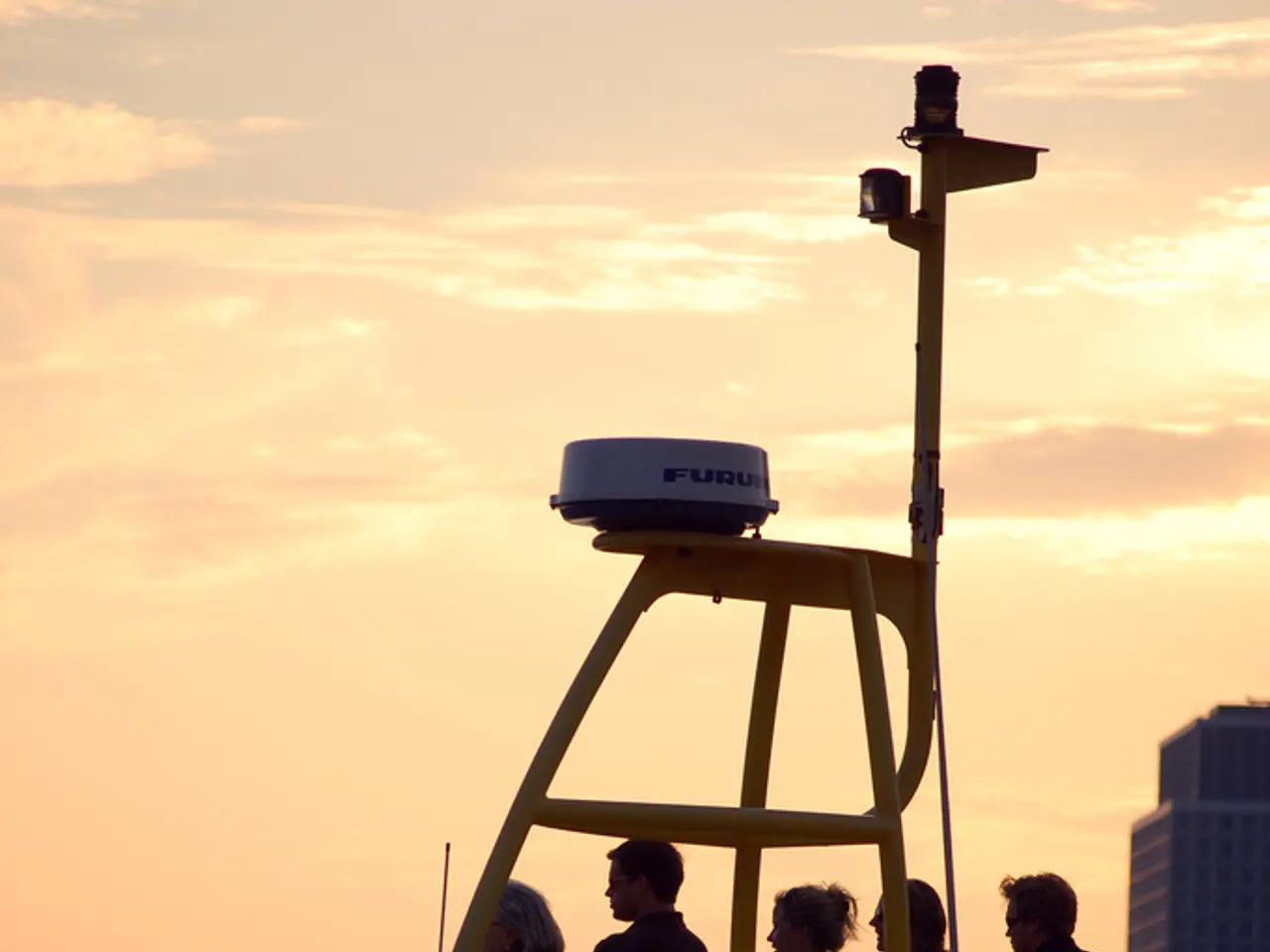Titanic Wreck Analysis through 3D Scanning Reveals Heroic Self-sacrifices During its Tragic Sinking
In 2022, Magellan, a deep-sea exploration company, made a groundbreaking discovery. They created a digital twin of the RMS Titanic, the iconic ocean liner that tragically sank in 1912. This digital twin, consisting of over 715,000 high-resolution images totaling around 16 terabytes, offers an unprecedented level of detail and understanding about the wreck site.
The digital twin has been assembled into an ultra-detailed 3D model of the wreck, providing a comprehensive and highest-resolution scan of the Titanic ever made. This virtual replica allows researchers to study the ship in ways never before possible.
One of the key findings from this digital twin is a detailed examination of both the bow and stern sections of the Titanic. The high resolution enables researchers to study structural damage, corrosion patterns, and debris distribution with great precision.
The digital twin also provides new clarity on how the wreck has deteriorated over time. It reveals insights into oceanic influences and micro-environmental effects at the wreck site, helping update previous assumptions about the decay rate and processes.
The data gathered from the digital twin facilitates virtual exploration of the site without disturbing the fragile wreck. This allows for archival record-keeping and public education through interactive 3D models.
The extensive imagery and 3D reconstruction help clarify a number of long-standing mysteries regarding the Titanic’s breakup sequence and how pieces settled on the ocean floor. For instance, the 3D model highlights a smashed-in porthole, confirming survivors' reports about ice entering into some cabins.
The digital twin project sets a new standard for underwater archaeological documentation and preservation of historic shipwrecks. It combines state-of-the-art imaging with deep-sea exploration technology, bridging a critical gap between physical wreck degradation and accessible study.
The digital twin offers a permanent digital record for ongoing research. It's detailed in a National Geographic documentary titled "Titanic: The Digital Resurrection". The computer simulation suggests that the Titanic was within a hair's breadth of surviving the collision, a finding reported by The Times.
The computer simulation reveals that the collision with the iceberg lasted just over six seconds. However, the Titanic's design, which was meant to keep the ship afloat even with four flooded compartments, was undone by a long, thin streak of damage that punctured six.
The gash streak isn't visible in the 3D model because it's now buried beneath ocean sediment. Yet, the digital twin provides evidence that supports survivor testimonies about the lights remaining on as the ship sank. An open valve observed on the stern's deck further supports the theory that steam continued to power the ship's electrical systems until the final moments.
The two remotely operated vehicles used in the project are named Romeo and Juliet. The use of technology in creating the digital twin and computer simulation helps researchers investigate places of interest without endangering human lives or causing further damage to fragile environments.
According to the BBC, a heroic team of engineers sacrificed themselves to keep the ship's lights on as long as possible. The findings from the computer simulation were reported by The Times and the BBC. This digital twin project is a testament to the power of technology in preserving history and deepening our understanding of significant events.
- The digital twin project in the field of underwater archaeology, achieved by Magellan in 2022, is setting a new standard, bridging a gap between physical degradation and accessible study through the application of advanced imaging technology and deep-sea exploration.
- The extensive imagery and 3D reconstruction of the RMS Titanic's wreck site, enabled by the digital twin, offers a comprehensive and highest-resolution scan of the Titanic, allowing researchers to examine structural damage, corrosion patterns, and debris distribution with unparalleled precision.
- The contribution of science and technology to environmental studies extends to the digital twin project, as it provides insights into oceanic influences and micro-environmental effects at the wreck site, helping update previous assumptions about the decay rate and processes.
- The data-and-cloud-computing-driven digital twin offers a permanent digital record for ongoing research, facilitating the clarification of long-standing mysteries regarding the Titanic’s breakup sequence and how pieces settled on the ocean floor, while also serving as an educational tool through interactive 3D models.
- The space-and-astronomy field may draw inspiration from this digital twin project, as the techniques and technology employed can potentially aid in exploring and documenting distant planets or cosmic phenomena, expanding our understanding of various environmental conditions in the universe.




